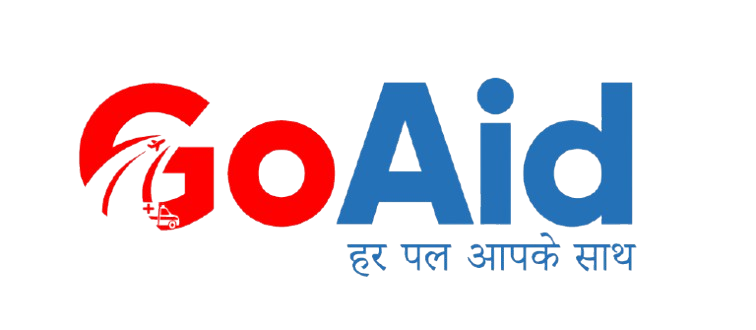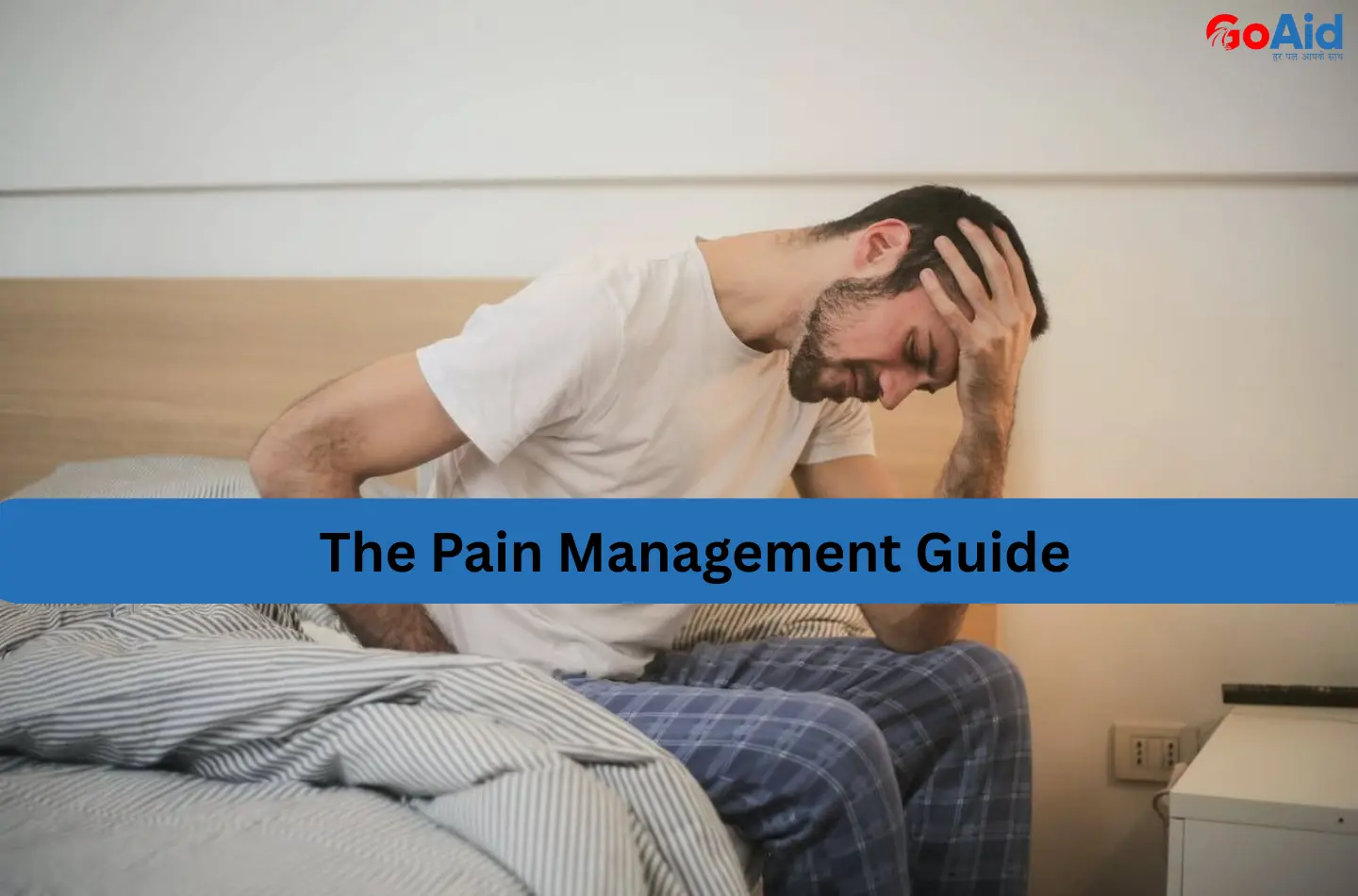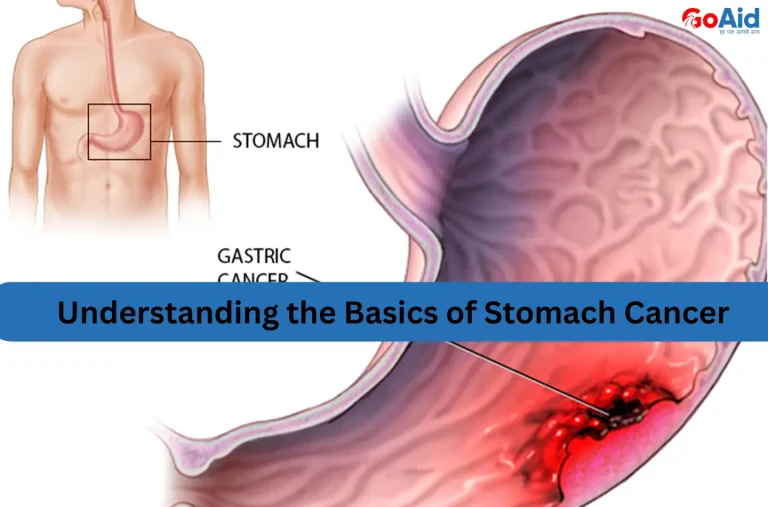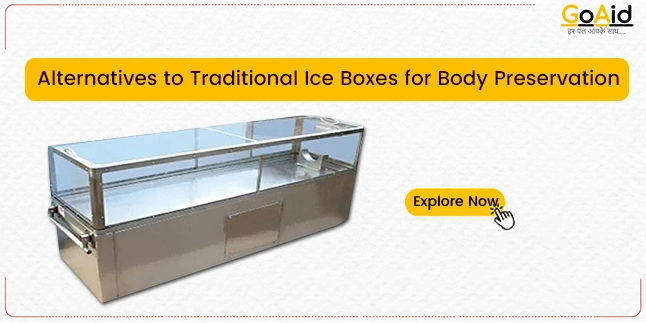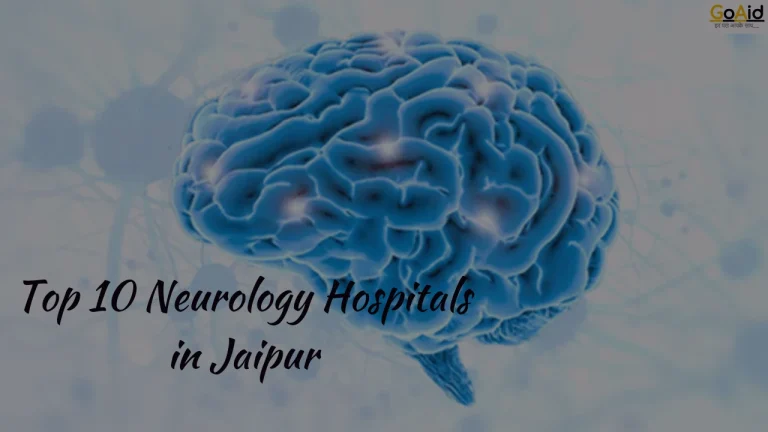Pain is one of the most common health concerns, but itŌĆÖs often misunderstood or ignored until it becomes unbearable. Pain management is not just about temporary relief, itŌĆÖs about identifying the root cause and improving overall quality of life.
It doesnŌĆÖt matter if itŌĆÖs chronic back pain, migraine, arthritis, or post-surgical pain, timely medical intervention plays a key role in preventing the condition from worsening. Visiting a professional pain clinic can help patients get personalized care and advanced treatment options.
This is why, in this blog, we have provided you all the details about what pain management is, when to visit a pain clinic, how GoAid supports during chronic pain emergencies, and lifestyle tips for long-term pain relief. Are you willing to know about all these points in detail? Then read this blog to the end.
So, letŌĆÖs start ŌĆō
What Does Pain Management Refer To?
Pain management is a comprehensive approach to diagnosing, treating, and reducing acute or chronic pain. It focuses on improving a patientŌĆÖs quality of life by addressing the physical, emotional, and psychological aspects of pain. Chronic pain can result from injuries, surgeries, illnesses, or underlying medical conditions such as arthritis, migraines, or neuropathic disorders.
Pain management involves a combination of medical interventions, therapies, lifestyle modifications, and sometimes surgical procedures to relieve discomfort and restore functionality. Specialists aim to identify the root cause of pain, provide personalized treatment plans, and monitor progress.
GoAid Ambulance for Chronic Pain ensures timely transportation to pain clinics or hospitals during severe or sudden flare-ups. This bridges the gap between emergency care and professional pain management.
What Types of Pain Require Professional Medical Help?
Certain pain types indicate underlying medical conditions that require expert evaluation and care to prevent complications or permanent damage.
- Chronic Pain
Persistent pain lasting more than three months, such as back or joint pain, requires ongoing medical monitoring.
- Neuropathic Pain
Nerve-related pain. This includes tingling, burning, or shooting sensations, often indicates nerve damage or disorders.
- Post-Surgical Pain
Severe or unrelenting pain after surgery may signal infection, complications, or improper healing.
- Migraine and Headache Disorders
Frequent, debilitating headaches interfere with daily life and require specialized interventions.
- Cancer-Related Pain
Pain associated with tumors or treatment necessitates both symptom control and emergency management.
When Should You Visit a Pain Management Clinic?
Knowing when to consult specialists can prevent worsening pain and improve overall health.
- Persistent Chronic Pain:
If pain lasts beyond three months despite self-care, a pain management clinic can assess causes, provide interventions, and develop long-term treatment plans.
- Severe Flare-Ups of Existing Conditions:
Sudden intensification of arthritis, back pain, or neuropathic pain warrants professional evaluation to prevent further complications.
- Medication-Resistant Pain:
When over-the-counter or prescribed medications no longer alleviate symptoms, pain specialists can offer alternative therapies or advanced treatments.
- Pain Interfering with Daily Activities:
Inability to perform normal work, exercise, or routine tasks due to pain indicates a need for specialized interventions and rehabilitation.
- Recurring Pain After Surgery or Injury:
Ongoing discomfort following procedures or trauma may suggest complications requiring targeted pain management strategies.
- Emotional or Psychological Distress from Pain:
Pain causing anxiety, depression, or sleep disturbances should be addressed by multidisciplinary pain clinics for holistic relief.
- Risk of Long-Term Disability:
Early specialist intervention can prevent chronic disability by providing structured pain reduction strategies and mobility improvement plans.
The Role of GoAid Ambulance in Chronic Pain Emergencies
GoAid Ambulance plays a pivotal role in ensuring timely access to emergency care for patients experiencing severe chronic pain. Their GoAid Medical Transport services provide safe, reliable, and specialized transportation for individuals with pain-related emergencies, whether sudden flare-ups, post-surgical complications, or acute episodes of migraine or neuropathic pain.
Each ambulance is equipped with basic medical monitoring tools and trained paramedics who can stabilize patients during transit, offer pain relief interventions when needed, and monitor vital signs to prevent complications.
Patients can book ambulances via the GoAid app or hotline. This ensures rapid response, even in congested city areas. The service also coordinates with pain clinics or hospitals to guarantee immediate handover and continuity of care.┬Ā
By bridging the gap between emergency situations and professional pain management, GoAid Ambulance significantly improves patient outcomes, comfort, and safety during critical episodes.
Benefits of Early Pain Diagnosis and Treatment
Early diagnosis and treatment of pain prevent worsening conditions, reduce long-term complications, and enhance quality of life.
- Prevents Chronicity:
Identifying the cause early reduces the risk of acute pain developing into persistent, chronic conditions.
- Reduces Medication Overuse:
Timely interventions minimize the need for prolonged high-dose painkillers. This prevents side effects and dependency.
- Improves Mobility:
Early treatment restores physical function. This allows patients to maintain normal daily activities and exercise.
- Enhances Sleep Quality:
Managing pain promptly reduces insomnia or disrupted sleep caused by discomfort. This improves overall health.
- Boosts Mental Health:
Controlling pain early lowers anxiety, stress, and depression associated with prolonged discomfort.
- Minimizes Hospitalizations:
Preventing severe complications through early treatment reduces emergency visits and long-term hospital stays.
- Reduces Risk of Disability:
Proper intervention preserves joint, muscle, and nerve function. This prevents long-term disability.
- Supports Better Recovery:
Early pain management after surgery or injury promotes faster healing and rehabilitation.
- Cost-Effective:
Timely diagnosis and treatment reduce expensive long-term therapies or surgical interventions.
- Enables Personalized Care Plans:
Early evaluation allows specialists to design tailored treatment strategies targeting specific pain causes and patient needs.
Top Modern Approaches to Adopt for Pain Management
Advancements in medicine have enabled more effective and less invasive pain control methods.
- Interventional Procedures:
Techniques like nerve blocks, epidural injections, and radiofrequency ablation target pain at its source. This reduces inflammation and discomfort while minimizing systemic medication use.
- Regenerative Medicine:
Stem cell therapy and platelet-rich plasma (PRP) injections promote tissue repair and reduce chronic musculoskeletal pain. This offers long-term relief for conditions like arthritis or tendon injuries.
- Neuromodulation Techniques:
Spinal cord stimulation or peripheral nerve stimulation delivers electrical impulses to alter pain signals. This provides relief for neuropathic or chronic back pain.
- Integrative Therapy:
Combining acupuncture, physiotherapy, yoga, and cognitive behavioral therapy (CBT) addresses both physical and psychological aspects of pain. This improves overall outcomes.
- Telemedicine and Digital Pain Tracking:
Apps and remote monitoring allow patients to track pain patterns, communicate with specialists, and adjust treatment plans in real time for optimal management.
What to Change in Lifestyle for Long-Term Pain Relief?
Lifestyle modifications play a key role in managing and reducing chronic pain effectively.
- Regular Physical Activity:
Engaging in gentle exercises like walking, swimming, or stretching strengthens muscles, improves flexibility, and reduces joint and back pain.
- Maintain Healthy Weight:
Reducing excess weight decreases stress on joints, spine, and muscles, alleviating pain from arthritis or back problems.
- Balanced Diet:
Eating anti-inflammatory foods, lean proteins, and whole grains supports overall health and reduces pain-related inflammation.
- Proper Sleep Routine:
Adequate and quality sleep aids tissue repair, lowers stress, and improves pain tolerance.
- Stress Management:
Practices like meditation, deep breathing, and mindfulness reduce stress-induced pain exacerbation and improve coping ability.
- Ergonomic Adjustments:
Using supportive chairs, correct posture, and proper workstation setup prevents musculoskeletal strain and chronic discomfort.
- Avoid Smoking and Excess Alcohol:
Toxins from smoking and alcohol worsen inflammation, impair healing, and intensify pain perception.
- Stay Hydrated:
Proper hydration maintains joint lubrication and overall body function. This supports recovery and reducing pain flare-ups.
- Consistent Pain Monitoring:
Keeping a pain diary helps identify triggers. This enables better management and early intervention.
- Follow Professional Advice:
Adhering to treatment plans, physiotherapy, and specialist recommendations ensures long-term pain control and prevents worsening of conditions.
Conclusion
In conclusion, we have provided you all the details about Pain Management: When Should You Visit a Pain Clinic? Understanding the types of pain, early diagnosis, and timely intervention can prevent chronic complications and improve quality of life.
GoAid Ambulance for Chronic Pain ensures fast, safe, and specialized transportation during emergencies. Combining professional care, modern treatment approaches, and lifestyle adjustments offers effective long-term pain relief. This helps patients regain mobility, comfort, and overall well-being.
